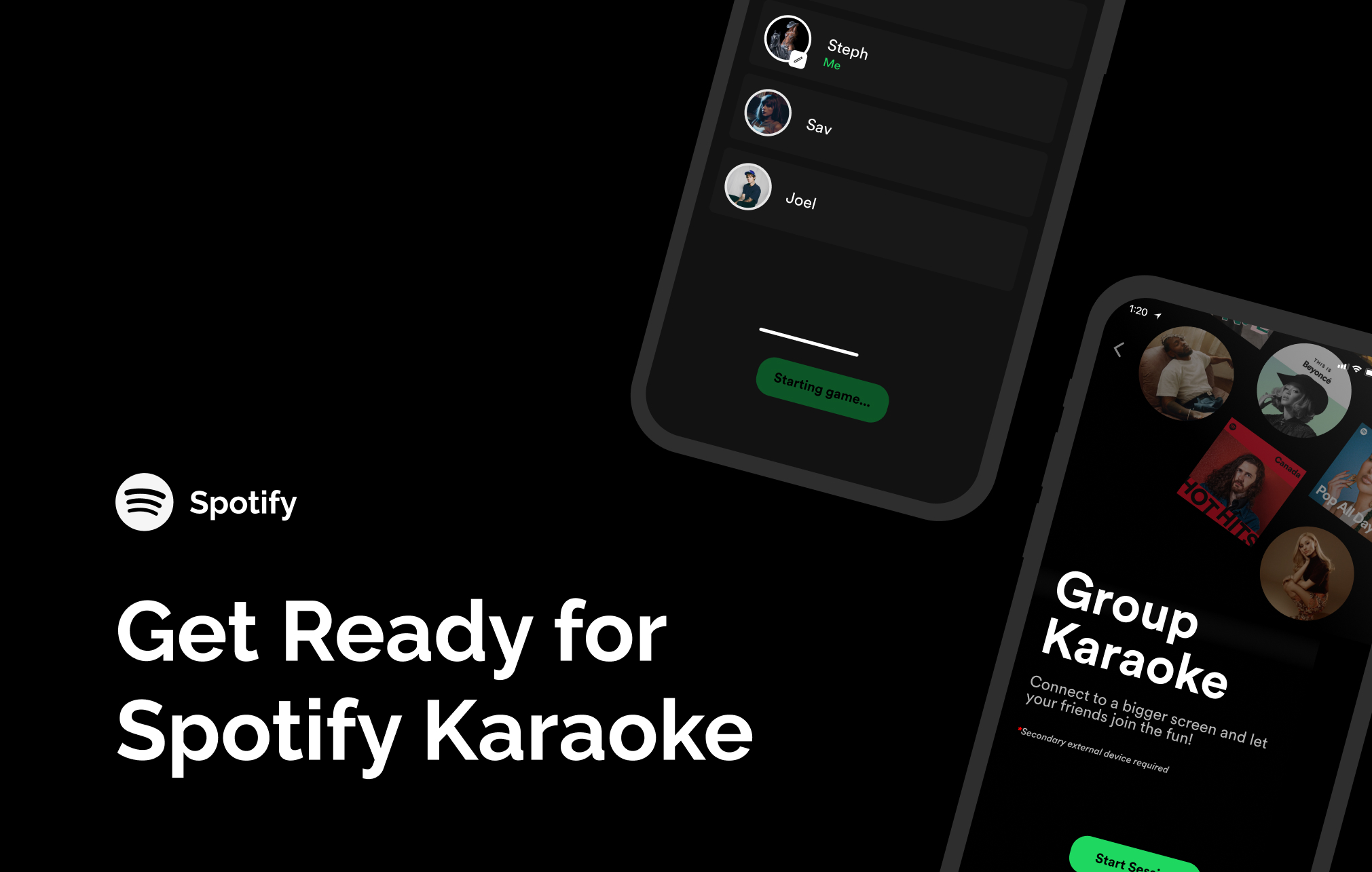
Spotify Karaoke is a design-led project to implement a unique interactive function to an existing application.
User Research, Interaction, Visual design, Prototyping & Testing
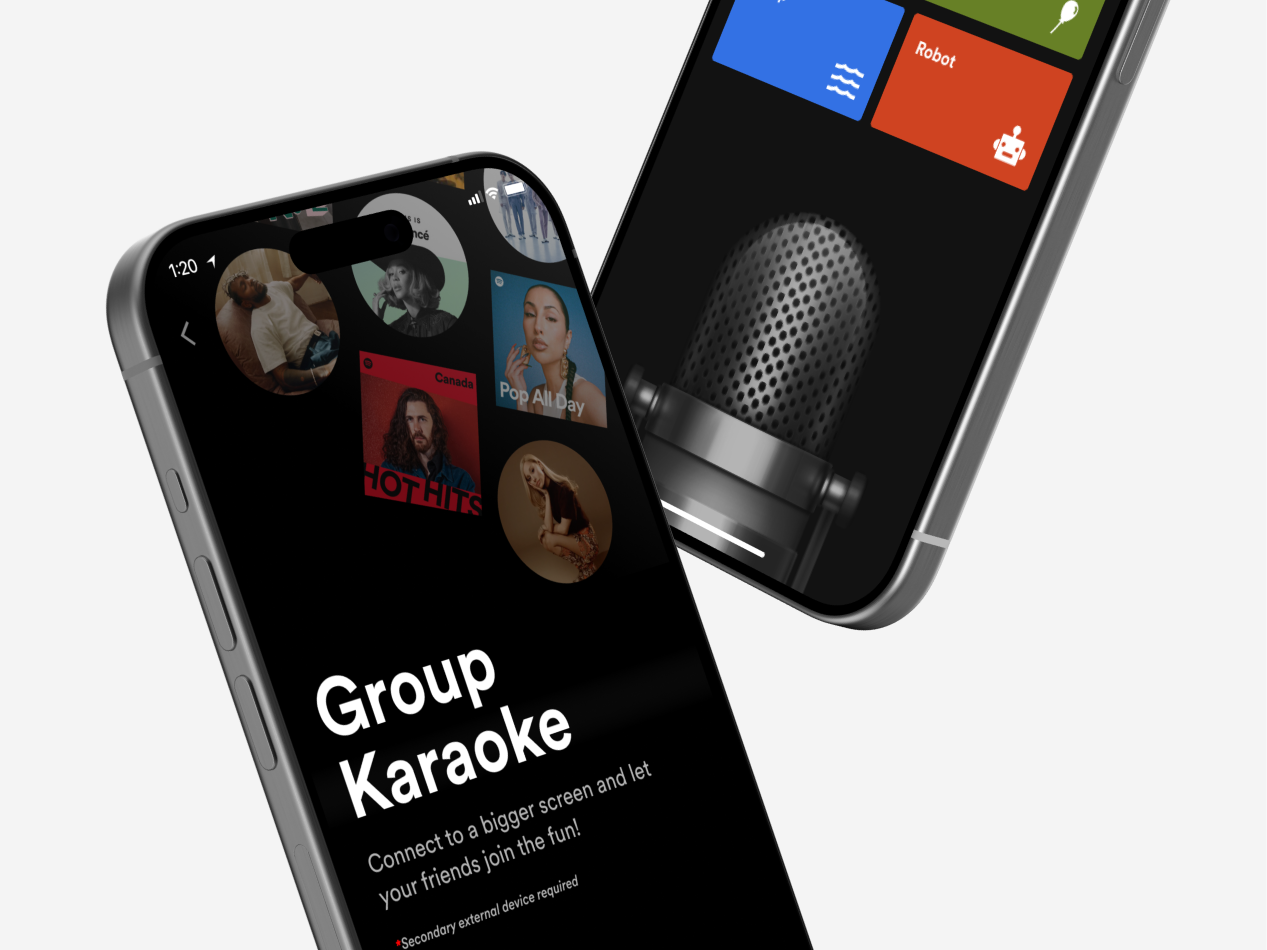
We conducted research related to the overall user satisfaction of Spotify's listening experience. From our research, we concluded that many users wished for a karaoke feature to be added on to their current lyrics screen. This fun, interactive game-like element would align with Spotify's mission "to unlock the potential of human creativity."
The project outline encompassed:
HMW increase usage of Spotify apart from streaming music? HMW we gamify the app?
For our final project, we developed a prototype of a karaoke feature for users to play and connect with their friends.
Below you will find a preview of the launch of the feature in a promotional-style video.

Throughout our research, we looked into adaptive, semantic, and physical constraints to implement into our process that would assist in creating a cohesive design.
Questions that came about from our initial research are as follows:
In this scenario, we have our target user who only accesses Spotify but wishes to connect with her friends in a new way. At this stage, our goal is to visualize the design requirements that we have to support in order for this kind of scenario to happen. These ideas would then lead us to the development phase.
%20(1).jpg)
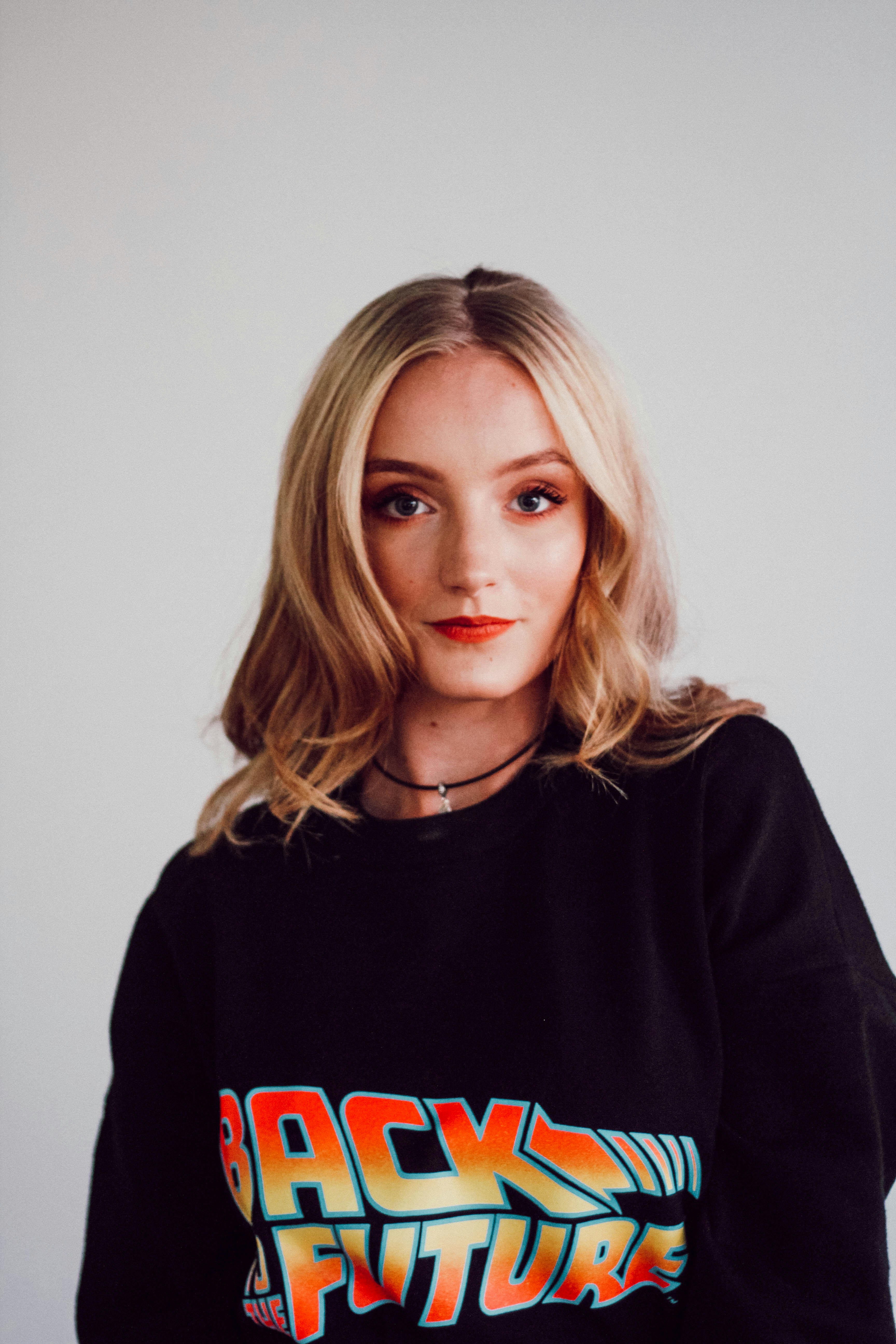
Their goal is to have fun with their friends without going out of their way to find it.
Photo by Anne Peres on Unsplash
Considering the questions we had initially, we had to find inspiration and study Spotify's UI patterns and styles to begin to design a new feature. Some style patterns we noticed were the following:
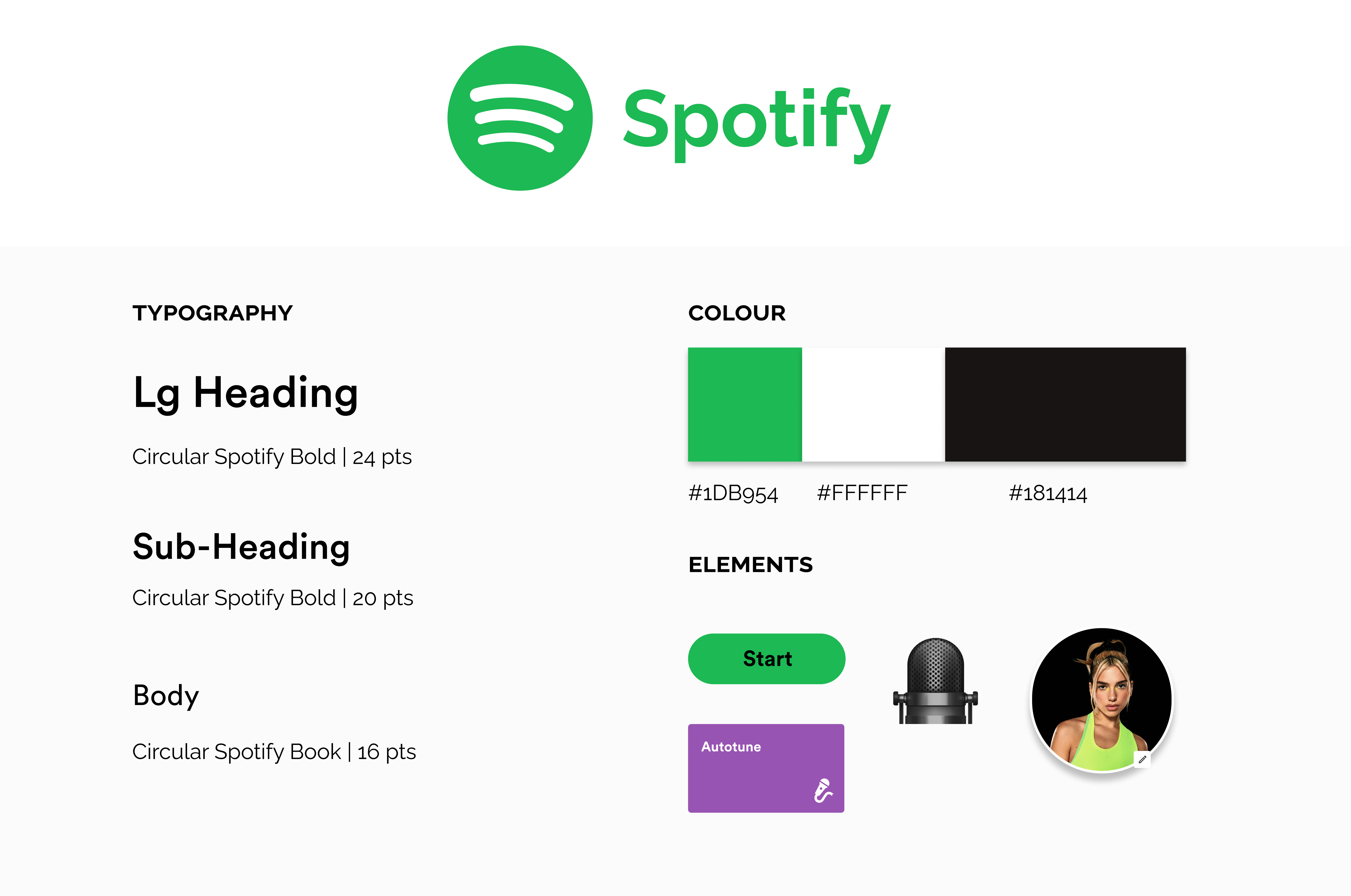
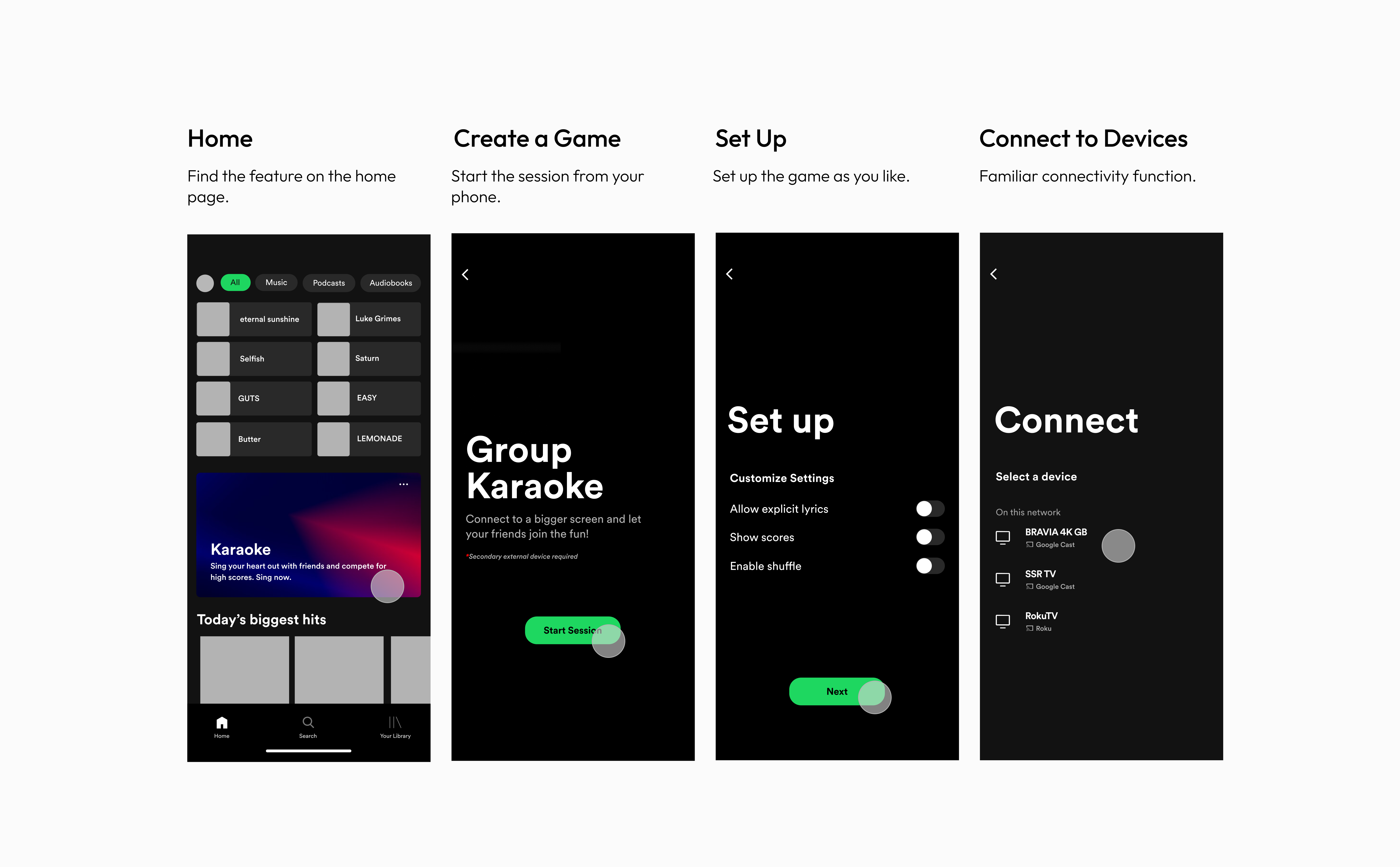
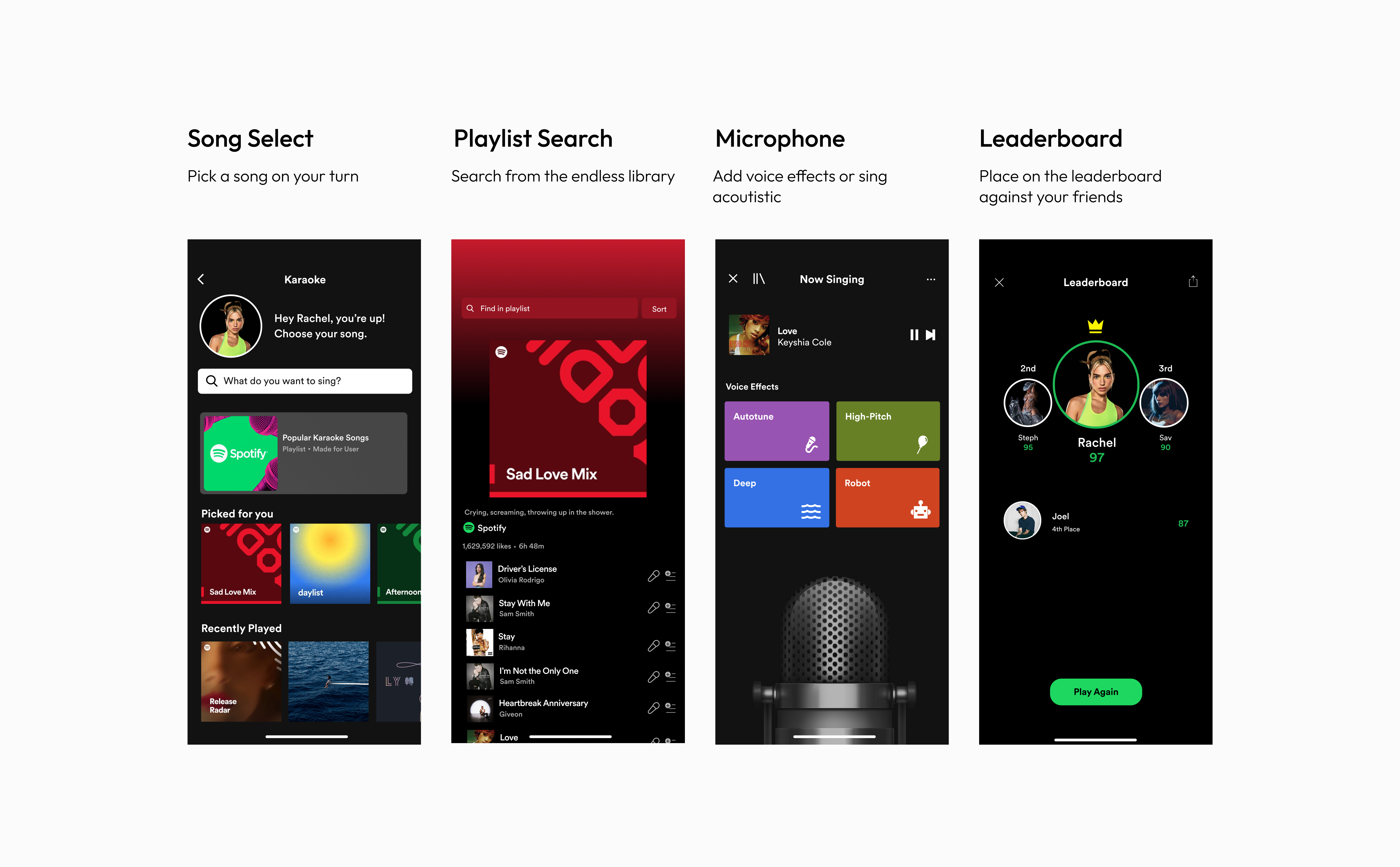
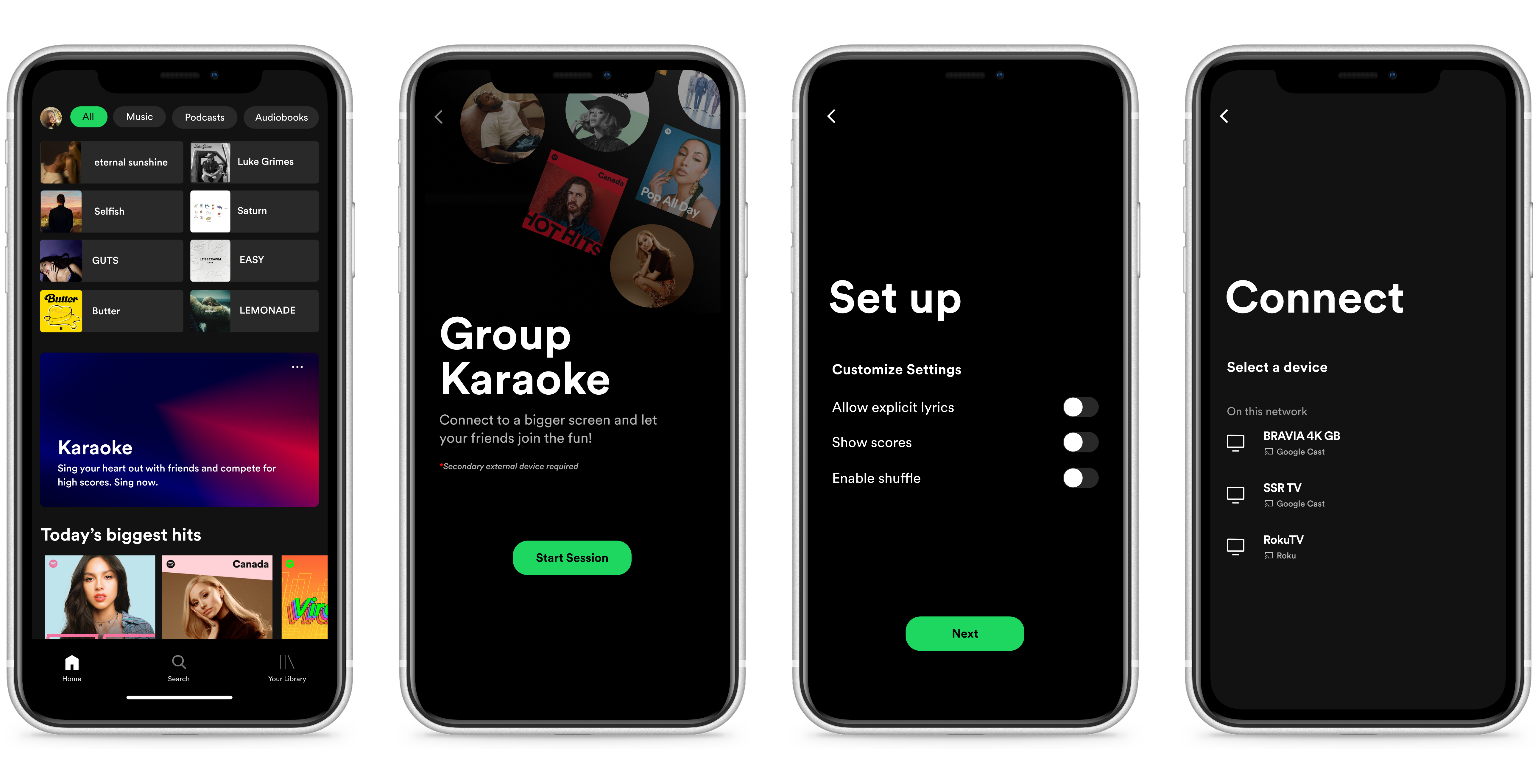
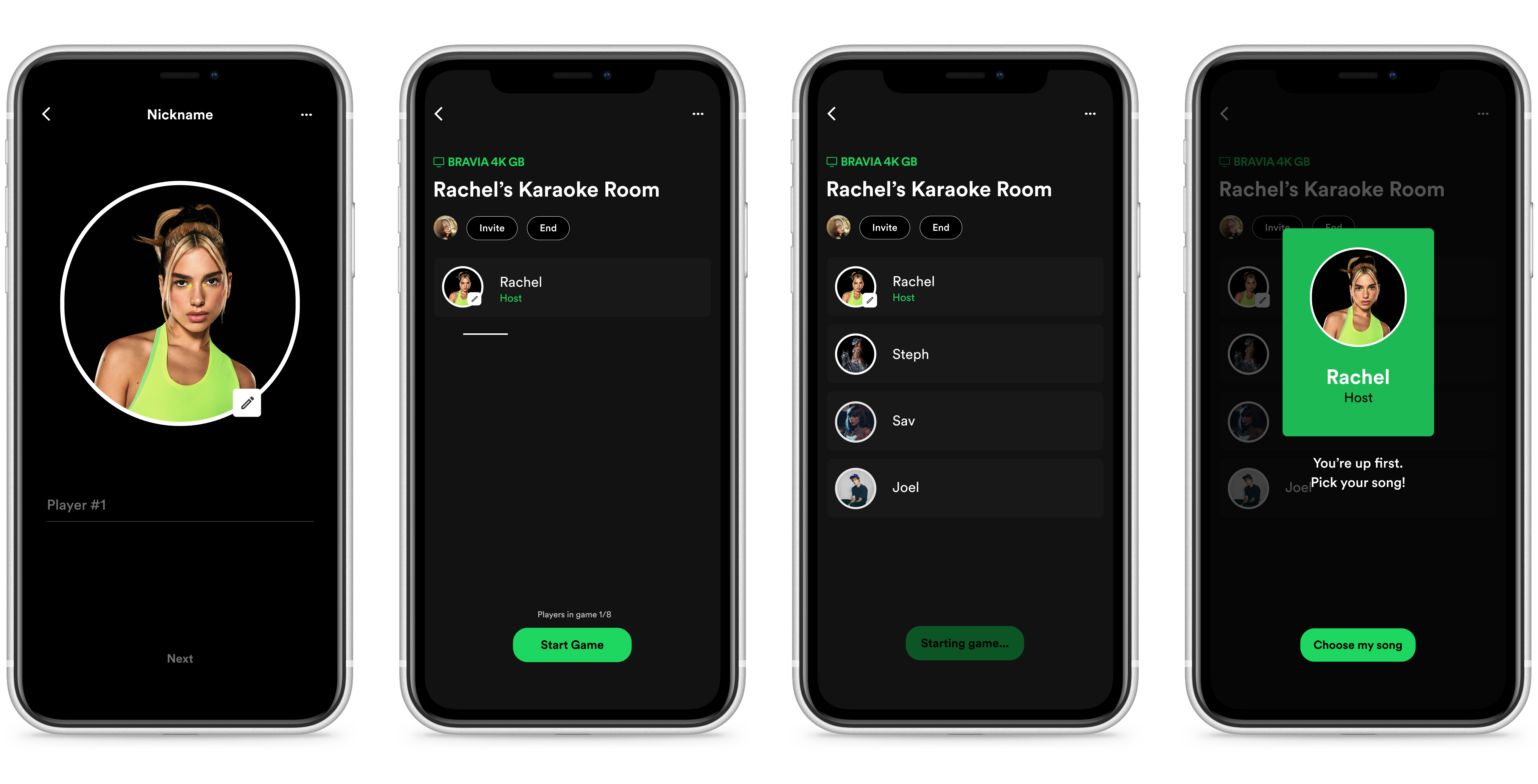
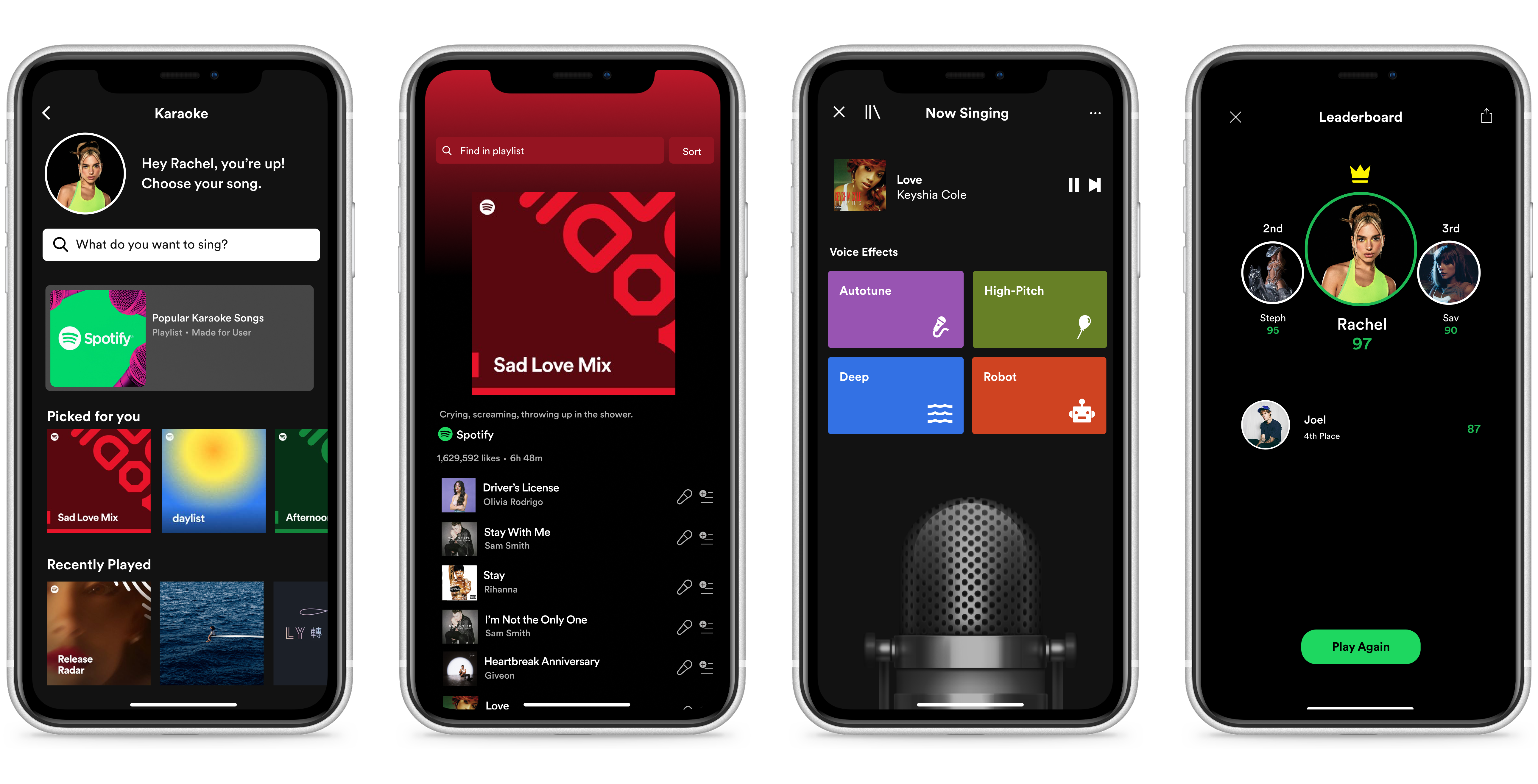
While this was a more creative project, there were still valuable insights in developing an accurate UI to Spotify's existing brand. User experience also benefits from a consistent design so there was a thorough testing period to see the accuracy of how it would display on phones and large screens.
Some key takeaways from this project are: